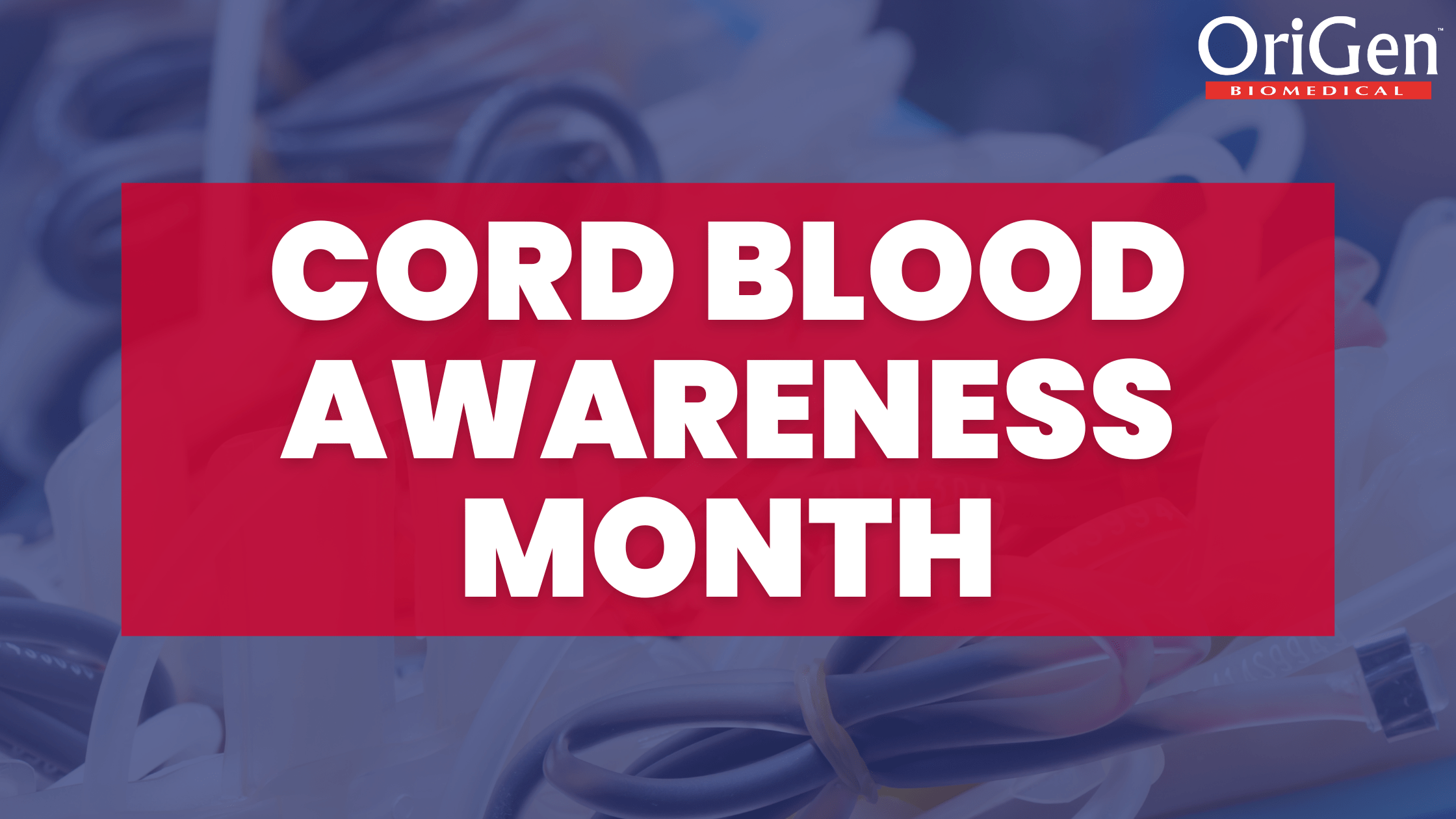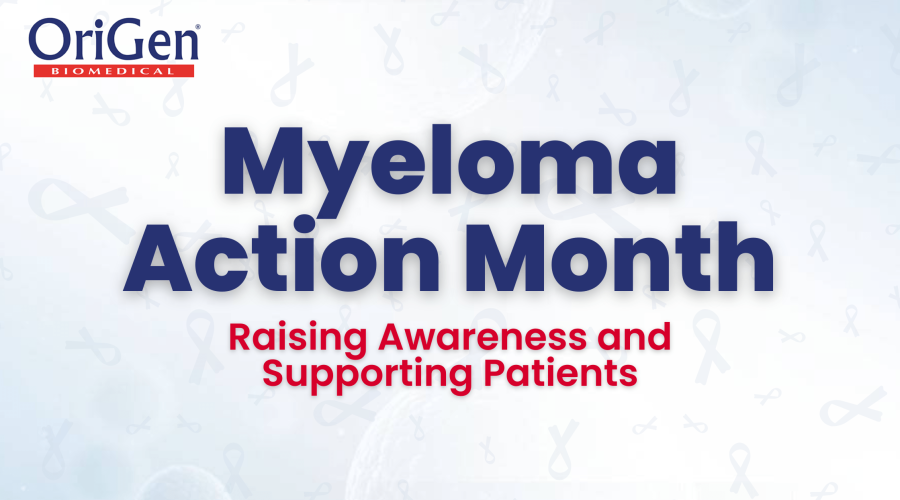July has been declared Cord Blood Awareness Month by the Office of Disease Prevention and Health Promotion. This month is dedicated to raising awareness about the importance of cord blood and its many applications in treating patients globally. This initiative aims to ensure that more parents are well-informed about this life-saving treatment option and that even more families can benefit from it, as many parents remain unaware of the benefits of cord blood stem cells.
Cord blood stem cells, discovered in 1978, saw their first successful transplant in 1988. Since then, medical advancements have highlighted the vast potential of cord blood in treating various diseases, including leukemia, blood disorders, Alzheimer’s, and immune disorders. As research has shown that cord blood can be more effective than bone marrow transplants, its popularity and usage have steadily increased.[1]
Understanding Cord Blood
Cord blood is an essential resource in modern medicine due to its unique properties and potential applications. What is Cord blood? Cord blood, the blood left in the umbilical cord and placenta after childbirth, is a vital medical resource due to its richness in stem cells. These stem cells have the unique ability to develop into various types of blood cells, making them incredibly versatile in medical treatments. They are capable of treating numerous conditions, including various cancers, immune deficiencies, and genetic disorders. Moreover, cord blood stem cells can address diseases linked to bone marrow failure syndromes, making them an essential option for patients needing stem cell transplants.[2] Once donated, these cells can develop into the specific type of blood cell required by the patient, be it red blood cells, white blood cells, or platelets.[3] These qualities make cord blood an invaluable tool in treating various diseases and improving patient outcomes.
The Impact of Cord Blood Transplants
Cord blood transplants have significantly contributed to medical treatments, offering hope and life-saving options to many patients. Here are some key facts about the impact of cord blood transplants:
- The first cord blood transplant was performed in Paris in 1988 to treat a rare genetic disorder called Fanconi anemia.[4]
- Cord blood transplants can help treat over 80 blood cancers, genetic diseases, immune systems, and metabolic disorders, including leukemia, lymphoma, and sickle cell anemia.[4]
- More than 40,000 patients have received cord blood transplants since the procedure was first performed in 1988.[3]
- The donor registry contains more than 9.5 million potential donors in the U.S., and more than 270,000 cord blood units are on the registry.[5]
Encouraging Cord Blood Donation
Donating cord blood is a straightforward and highly impactful way to contribute to life-saving treatments. When parents choose to donate their newborn’s cord blood, they provide a critical resource that can be used to treat patients suffering from a variety of serious conditions. Here’s how the donation process works and what it entails:[5]
- Decision to Donate: Parents can choose to donate their baby’s cord blood before the delivery. It’s essential to inform the healthcare provider and the hospital staff about the decision.
- Collection Process: After the baby is born and the umbilical cord is cut, the remaining blood in the umbilical cord and placenta is collected. This procedure is safe and painless for both mother and baby, and it does not interfere with the birth process.
- Processing and Storage: The collected cord blood is then sent to a cord blood bank, which is processed and stored under stringent conditions to preserve the stem cells. Various cryopreservation techniques are used to ensure the stem cells remain viable for future use.
- Availability for Transplant: Once stored, the cord blood is listed in a registry and made available for patients who need stem cell transplants. The registry matches donors with patients based on genetic compatibility, increasing the chances of successful treatment outcomes.
Donating cord blood is a powerful way to make a difference. It provides a critical resource for those in need and contributes to the broader medical community’s ability to treat and potentially cure life-threatening conditions.
Advances in Cord Blood Preservation
Cord blood banks have continually evolved their techniques for processing and storing cord blood, enhancing the efficiency and effectiveness of preservation. Various methods and materials are employed to ensure the viability of cord blood stem cells. OriGen Biomedical provides various products designed explicitly for small-volume cryopreservation, such as the CryoStore 25 Freezing Bags.
In addition to the standard 2-chamber bag, OriGen’s CryoStore FLEX Freezing Bags represent a cutting-edge advancement in single-use disposables. These bags feature five 4-6ml chambers, allowing for multiple applications post-thaw. Moreover, OriGen offers CryoPur™ DMSO and Dextran cryopreservation solutions as well as accessories to facilitate fluid transfer, streamlining the cryopreservation process.
Conclusion
Cord Blood Awareness Month is a vital initiative emphasizing cord blood’s life-saving potential. By spreading awareness, we can ensure that more parents are informed about the benefits of cord blood stem cells, ultimately leading to more lives saved through cord blood transplants. In supporting cord blood donation, we contribute to a future where many more lives can be saved. As medical research and technology continue to advance, the future of cord blood in treating various diseases looks promising. Let us join together in celebrating this month and advocating for the incredible potential of cord blood.




